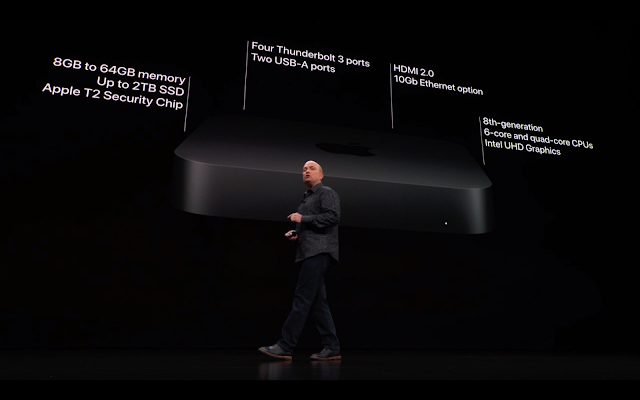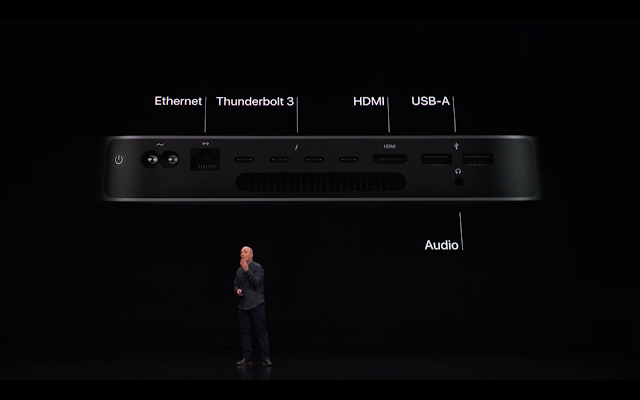iOS 12.1 is set to roll out today and bring a variety of useful improvements, including dual-SIM support for iPhone XS and XR. But if you’re a Verizon customer, that two-line system might not work very well, at least for now, according to a report from PCMag.
The issue is how the new iPhones handle having two SIM cards. Unless you live in China (where Apple is selling a special XR model for two physical SIM cards), the XS and XR will support the two lines of service through a combination of the physical SIM and a digital eSIM.
As Apple’s support page notes, users will, in theory, be able to switch back and forth freely between the primary SIM (used by default for voice, SMS, cellular data, iMessage, and FaceTime) and the secondary one (just voice and SMS).
But according to PCMag’s report, the issue comes up when using a Verizon SIM as a secondary SIM card. Currently, Verizon customers will see their secondary connection bumped down to the carrier’s legacy 2G CDMA network (as opposed to AT&T and T-Mobile, which work with LTE even when working as a secondary SIM). Given that it’s just for voice and SMS, it’s not the biggest deal. If you’re using a Verizon SIM as your primary SIM, things will work fine as usual. But it’s obviously ideal, especially as Verizon has switched roughly 30 percent of its coverage areas to LTE only.
In a statement, Verizon confirmed that using a Verizon SIM as a secondary SIM card will result in some performance issues, but that the company is already working with Apple to resolve those issues “before the end of the year.” To that end, Verizon is also holding off on eSIM support for now, so the only way that you’ll even run into the problem is if you’re using a dual-SIM setup with an eSIM as your primary line and a physical Verizon SIM as your secondary one. The full statement is included below.
Wireless customers will be able to activate Verizon service eSIMs as soon as we’re confident you’ll be able to have the great, high-quality service you expect from us on both your primary and secondary line. If you are a Verizon customer and you activate another carrier’s service on your iPhone’s eSIM, your Verizon service will be degraded due to the current software configuration. Based on our discussions with Apple, we believe these concerns will be resolved quickly and you should be able to add our great Verizon service on your secondary line before the end of the year.
Until the secondary line can deliver Verizon’s full suite of voice and high-speed data services, we won’t activate Verizon service on any eSIM. This includes our own customers’ iPhones with dual SIM capabilities as well as iPhones on competitors’ networks.








